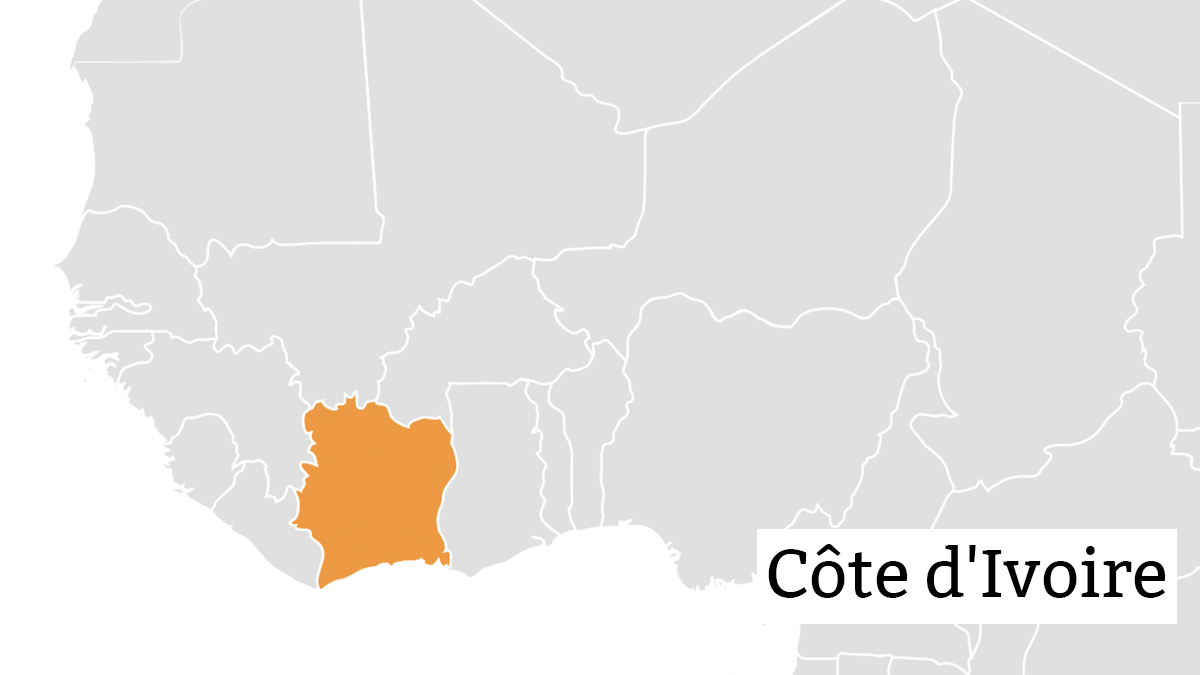
Like many other countries worldwide, internet access in Côte d’Ivoire has been characterised by a rural-urban digital divide that compounds existing inequalities. One of the fastest growing countries in the world, Côte d’Ivoire’s economic expansion rate of 8% per year since 2011 has not been accompanied by significant reductions in poverty rates or improved social inclusion, and as a result, inclusive growth remains a challenge.
Both transport and ICT infrastructure remain unevenly distributed throughout the nation. Agriculture makes up around 19% of Côte d’Ivoire’s GDP and employs 40% of the country’s working population, and nearly 50% of the country’s population is rural. Gaps in access to digital skills and technology remain pervasive challenges for the rural economy; these gaps are compounded by challenges the rural population faces with regard to access to critical information, public services, e-services, finance, and physical capital.
The fixed internet and broadband sectors have remained relatively underdeveloped in Côte d’Ivoire, in large part due to historically high bandwidth costs resulting from a lack of competition. Partially state-owned incumbent Orange Côte d’Ivoire Telecom enjoyed monopoly access to the sole international fibre optic submarine cable serving the country (South Atlantic 3/West Africa Submarine Cable) until the eventual landing of a second cable in 2011, which paved the path for more competition and resulting reductions in retail pricing for DSL, WiMAX, and wireless broadband services.
Recognition of the increasing importance of the digital economy for social and economic development has led to ICTs becoming an indispensable tool for achieving national growth objectives and the Sustainable Development Goals. Currently, Côte d’Ivoire ranks 88th globally in terms of ICT inclusivity, 89th in internet affordability, and 79t’h in terms of the quality and breadth of available internet infrastructure. The national high-speed network, Réseau National Haut Débit, looks set to increase access and affordability for all and to boost the country’s performance on the aforementioned indicators.
Côte d’Ivoire’s 2012-2015 National Development Plan cites the creation of a national fibre optic network as one of the key directives of the nation’s 2012-2015 “Triumph of the Elephant” strategy for sustainable and inclusive growth. The plan notes that the proliferation of ICTs over the preceding decade has led to growth in employment, innovative and easy-to-use services, and VAT revenue. It also acknowledges that a lack of digital skills and affordability remain the primary barriers to connectivity for its population.
Launched in 2012, Côte d’Ivoire’s national high-speed network, Réseau National Haut Débit (RNHD), operates under the supervision of the National Agency of the Universal Service for Telecommunications (ANSUT). RNHD is composed of a 7,000 kilometre fibre optic cable network, known as the national backbone, and a softswitch, coupled with Code Division Multiple Access (CDMA) equipment. Implemented in three phases, the network is composed of a Northwest regional backbone, Eastern regional backbone, and an additional 5,000 kilometres of nationwide backbone that web together to provide coverage for all domestic regions; the network is set to power the services needed to enable the growth of the digital economy by enabling high-speed, affordable internet for companies and individuals throughout the country. The project has also connected more than 1,000 localities with its CDMA network through 80 base transceiver station (BTS) sites.
Public-private partnerships with international partners have been critical for the network’s deployment, and in particular for phase 3 — the longest backbone of the project, at 5,000 kilometres. A financing partnership with the French Development Agency, Agence Française de Développement, released 71 billion CFA francs (US$127.2 million) of sovereign loan funding for phase 3 of the project. ANSUT is also set to hold an invitation to tender for the financing of the activation, operation, and marketing of the RNHD within the framework of a public service delegation contract.
RNHD’s Northwest, Eastern and 5,000 kilometre backbone provides unprecedented geographical reach for broadband coverage and makes it possible to bridge the rural-urban digital divide. As of 2018, 46.8% of the country’s population was connected to the internet — a jump from just 5% at the launch of the programme in 2012. 3G network coverage has also increased from 35% of the population in 2012, to over 92% in 2019. A stubborn gender gap remains, with 56.6% of men connected to the internet, compared to 36.4% of women.
For mobile connectivity, the 1,000 localities covered by the CDMA network enables cellular service providers to carry more wireless users. For rural and agriculture-reliant communities, this increased mobile connectivity provides opportunities to address business and operational challenges through mobile-enabled digital tools. Mobile-enabled digital financial services such as bank-to-mobile (B2M) money account integration provides digital payment, financing and banking services. Mobile-enabled last-mile digital tools, like Olam Farmer Information System (OFIS), enable agribusinesses to optimise operations and develop more reliable and sustainable value chains by enabling certification and traceability schemes, and also provide opportunities for IoT applications for agriculture, which capture more data for more effective farm and warehouse management.
Beyond agribusiness, connectivity is crucial to overcoming physical barriers and enabling access to e-government services. ANSUT’s Digital Administration Implementation Programme, under which the Electronic Governance Programme (eGOUV) operates, integrates ICTs into public administrative management to streamline and encourage civic engagement. As eServices proliferate, RNHD ensures that on an infrastructure level, no citizen is left behind in the digital divide.
The number of fixed broadband subscriptions per 100 inhabitants in Côte d’Ivoire has increased year-on-year, with the figure more than doubled from 0.25 in 2013 to 0.56 in 2014. As the trend continues, it will be increasingly crucial to ensure that connectivity is available in both rural and urban areas, and RNHD provides the infrastructure backbone needed to include both urban and rural areas in a potential digital economy boom.
